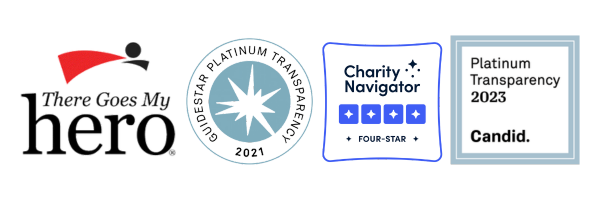Multiple Myeloma: What is it, and What are the Treatment Needs?
Diversity is an urgent necessity when it comes to the bone marrow donor registry. Multiple myeloma (plasma cell cancer) is a form of blood cancer prevalent among the African population. Scientists have discovered that certain demographics like race, age, family medical history, gender, and previous exposure to radiation and other chemicals contributes to an exceedingly higher rate of acquiring the disease than patients of European descent. While these risk factors are not the only cause of multiple myeloma, more advanced scientific research needs to be conducted at the microcellular level.
Immunosuppressed patients with MM have blood work drawn revealing a monoclonal gammopathy of undetermined significance (MGUS for short) is basically, a single fighter cell (M-Protein) absent of MM or any other lymphatic cancers. Since MGUS was found in 1978, studies have progressed since then, with the understanding that there are now 3 kinds of MGUS cell forms.
Each of the 3 forms are differentiated by the following: non-IgM MGUS, IgM MGUS and lastly, light chain MGUS. These forms derived from MGUS give specific insight to the prognosis of this illness. Non-IgM MGUS, is a precancerous stage, aka increased plasma cell regeneration that is blazing myeloma/plasma cells. This type of MGUS has a 10% yearly risk of becoming actual MM; compared to the 1% each year for all three varieties of MGUS.
IgM MGUS is correlated with Waldenstrom’s macroglobulinemia and hardly ever becomes IgM MM in future lab results.
Lastly, the third form of MGUS is called light-chain MGUS which defines the precancerous forerunner of “light chain MM,” which constitutes about 20% of all MM diagnoses. Every MM diagnosis has a MGUS beginning. However, majority of patients who have MGUS should not advance to cancerous MM.
The key difference among African and European patients who have MGUS is evidence of MGUS transforming into MM; thus, urgently increasing the need for bone marrow donors of African lineage.
There was a survey given about African Americans residing in South Carolina that showed huge obstacles in the way of bone marrow donors. The survey included almost 600 Africans, mostly of whom were women that reported several factors as to why African donors are scarce.
Patients and non-patients of African ancestry are unaware that bone marrow/stem cell and even organ transplants can, and in fact, save lives. Another factor affecting potential donors is the cost of the procedure (of which there is none), and no local diverse drive venues to provide/host bone marrow donations.
It all begins and highly matters with diverse, multiethnic, empowered volunteers like yourself to become a bone marrow registrant, which can potentially save many lives.
Will You Be my Empowered, Colorful Hero?
Patients diagnosed with Myeloma, especially people of color, truly need more bone marrow donors like you, that’s why diversity is so important in the Registry. If you or a loved one has been diagnosed with MM or any blood cancer diagnosis, please review this helpful, informative resource where African Americans share their journeys about life with blood cancer.
On behalf of Africans who are suffering with this horrible illness, please consider donating your bone marrow. The process is simple, it begins with an uncomplicated buccal (cheek) swab. You can also host a drive, or an in-person group that’s more personal and private, or host a virtual drive through DKMS (We Delete Blood Cancer).
Hannah Darnell, RN who has years of home health experience, and a fiery passion for healthcare content writing.

